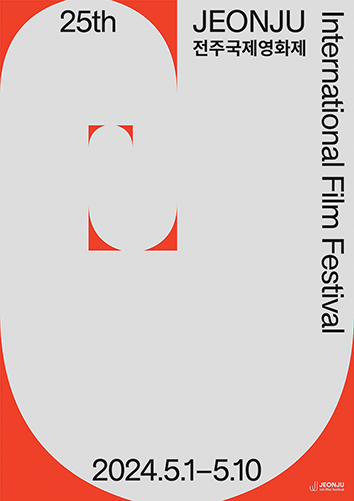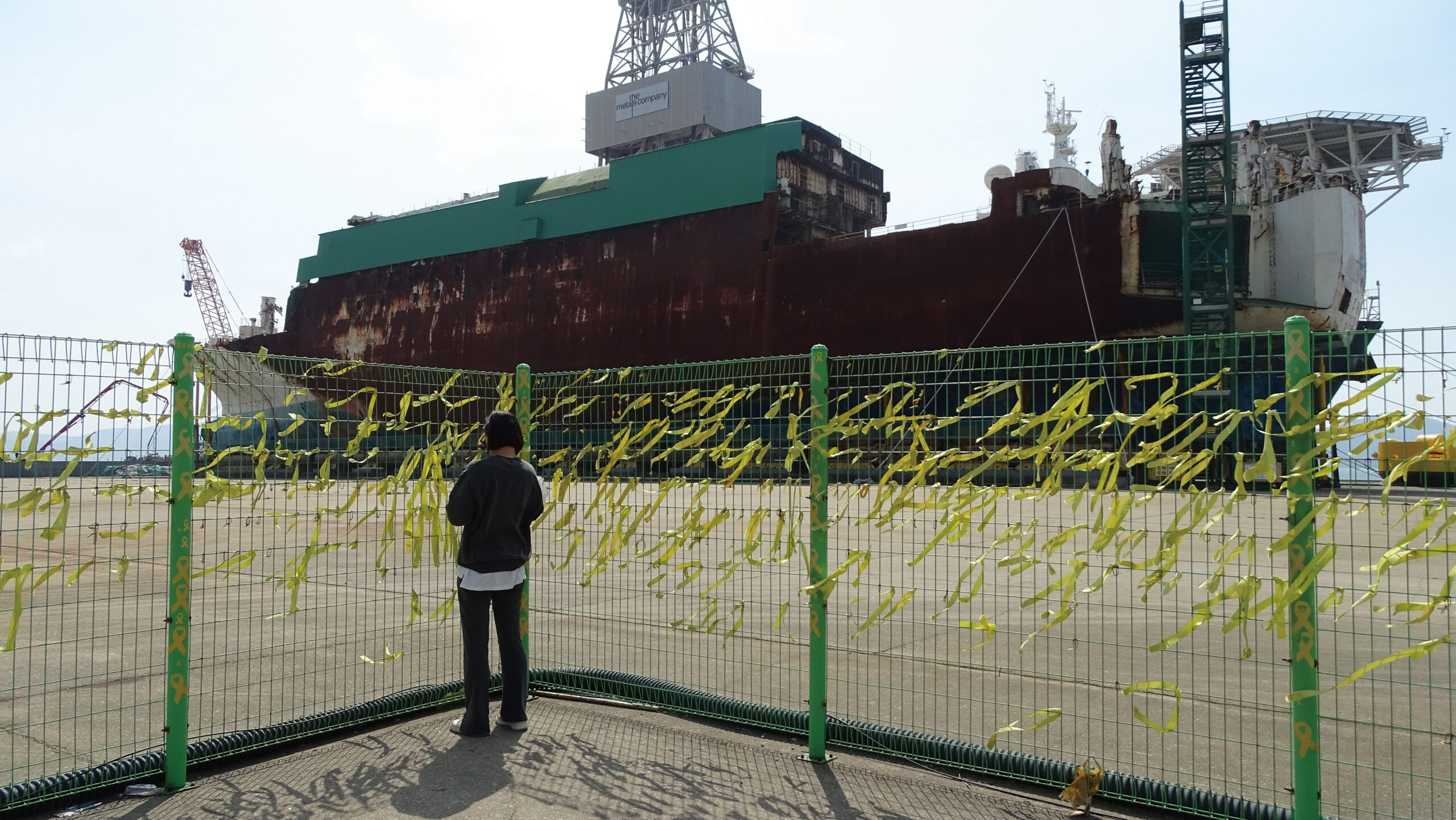Barley – A Story of Resilience
This year, the Irish Association of Korea, along with the Embassy of Ireland in South Korea and the Emerald Cultural Institute, inaugurated the Irish-Korean Essay Competition for university students in Korea. The goal of the competition is to provide a forum for discussion of the commonalities and connections between Korea and Ireland, and to strengthen the bond between the two countries.

Patrick Conway, the IAK’s Nationwide Officer and a Gwangju resident, is enthusiastic about the contest. “This essay competition has confirmed the feeling that Korea and Ireland have much in common,” he says. “We hope that by making this an annual competition, we are helping to cement these links.”
The contest submission deadline was in November 2011, and marking was completed in February. Winners were announced at the pre-Saint Patrick’s Day Ambassador’s party at the Hyatt Hotel in Itaewon, Seoul. The first place winner, Ms. Seong-Ja Ro, is a social science major in Korea University. Ms. Ro, whose essay is printed below, will receive a month-long opportunity to study at the Emerald Cultural Institute in Dublin. The second place winner will receive a sum of money, and the remaining runners up will receive cultural prizes.
The winning essays were:
1. “Barley – A Story of Resilience”, by Ro Seong Ja
2. “How Korean Women May Learn from Irish Women”, by Paek Jung Won
3. “Exclusion and Revival of the Indigenous Language of Ireland and Korea”, by Choi Min Jeong
4. “The Wake: A Window for Viewing Ireland and Korea”, by Nam Ji Hyun
5. “Freedom, Creativity and Harmony that Korea Should Learn: Irish Street Arts and Culture”, by Yun Chae Young
The Irish Association of Korea is a non-profit organization that actively seeks to promote Ireland and all that falls under the banner of ‘Irishness’ within Korea. The IAK is supported by the Embassy of Ireland in Seoul.
Barley – A Story of Resilience
By Seong-Ja Ro
The cold Irish drizzle had forced my mother, sister, and I to retour Dublin on the red double decker bus for the fourth time that day. Jerking around the corner, with the sound of the tourist guide jingling in our ears, I yet again caught the pungent smell of something all too familiar, something I couldn’t quite place my finger on. GUINNESS, read the enormous golden letters on the great black gate between two huge granite towers, beyond which stood the factory. It was only a few years later that I learnt of the Irish saying, “If you get lost in the middle of the night, follow your nose”, describing the smell of malted barley used to make beer.
Three years later, I stood in my grandmother’s traditional Korean earthenware kitchen, stirring boiled barley into a huge ceramic pot of steaming soy beans. Three weeks later, the brick-shaped products of our labor were hung in neatly straw-packed bundles on the ceiling of the barn, emanating the same smell I remembered from across the Eurasian continent. These bricks of fermented beans and barley would be added to more barley and chili to make the popular Korean chili sauce, also known as gochu-jang. The smell of fermented barley would later emerge on tabletops as essential Korean sauces like soy sauce, chili sauce and doenjang, and as stout pints of beer in Irish pubs, all to be consumed by Irish and Koreans alike.
Considering the worldwide reputation of Irish Guinness and Korean drinking rituals, it is little surprise, and also something not to be too proud of, that the World Health Organization reported Ireland and South Korea to be in the top five countries of alcohol intake in 2010, exempting notorious Russian and Eastern European countries. It is a fascinating fact that barley is the primary grain used to make the favorite alcoholic drinks of both nations: Irish Guinness, whisky and Korean Soju. Koreans and Irish alike have a fondness for sitting around for a pint of Guinness or a shot of soju after a day’s hard-earned work, or rejoicing or lamenting with loved ones.
Ironically the Irish saying, “Drunkenness and Anger speak the truth”, in some ways shows how drinking is integral in the creation of a common spirit for both nations. A man who used to work under the National Unification Agency under the Roh Administration’s North Korean Peace Policy, once talked of the good old days, when the North Koreans would invite him to a full pint glass of soju, and the tension would finally lift as soon as he had emptied the last drop. More interestingly, Northern Ireland and Ireland have renegotiated new legislation together, such as the Irish Whiskey Act in 1980 , to ensure the continued production of Irish whiskey, and for livelihoods of whisky makers in both countries, and to protect the production of a nation’s heritage. Barley, as the core ingredient of these drinks, has been reaped from the earth, long before the civil conflicts that once devastated both countries, and is playing a part in securing a means of communication for both Ireland and Korea.
Barley is a resilient crop. My aunt talks fondly of how my grandparents would send the children out on the barley fields to play catch in the depths of winter, so that the stamping of their feet would encourage the barley to grow stronger on the ice cold ground. Barley is one of the rare crops that both Ireland and Korea are self-sufficient in, with Ireland producing up to 98% of its own intake, and recently Korea has started to promote the growth of barley in the agricultural sector. While Barley is not so resistant to colder climates, such self-sufficiency is possible due to the fact that the climates of South Korea and Ireland are so similar, that Barley is known as a “two-timer” crop in both countries, sown once in the winter and once in the spring. It is a crop that is not picky about where it grows, either in fields of hard land, paddy fields or even simply out in the wild.
This trait would later on help barley become the code-name for famine in Korea as bori-gogae, a phrase coined to describe how once the autumn harvested rice was gone, people would have to survive on a meager intake of roots and bark until the barley harvest yielded its crop in early summer. Gogae in Korean literally means hill; the famine would be a hill to survive through until the barley could be harvested. Elderly Koreans still reminisce of how a handful of rice would be added to a pot of barley; the rice would be separated for the elderly and the men, while the rest of the family would feast together on the ripe and glutinous barley, which would come out of the pot swollen to three times the amount it went in. Despite high taxation in the colonial times that would be paid by rice, a plentiful crop of barley would ensure that no member of the family would go hungry. Barley, due to its sturdiness of growing through the winter, symbolized a form of relief of a people suffering from famine.
Barley provided a valuable resource for food for the Irish in times of need too. Seamus Heaney’s Requiem for the Croppies, describes how the “pockets of our Great Overcoats full of Barley” would later resurrect in the image of “young barley sprouting up from out of the grave” . In times of war, the Irish soldiers would carry pockets of uncooked barley grain instead of food inside their pockets when food was hard to get. It is a sad fact that the barley left over inside the pockets would later sprout as green barley, but also a touching reminder of the spirit of those who fought through such uprisings.
Those same barley fields are also depicted as the setting for a young soldier who must choose between staying with his true love or fighting for the country in the popular folk song, “The Wind that Shakes the Barley”. The young barley growing golden in the fields possibly reminds the singer about many aspects of Ireland, such as living with his true love, the picturesque green landscape and the soft images of home:
“I sat within a valley green,
My sad heart strove to choose between, the old love and the new love,
The old for her, the new that made me think on Ireland dearly,
While soft the wind blew down the glade, and shook the golden barley”
Later on, as this poem was recreated as a film, it reminded the Irish about their heritage and their allegiance to home. The naturally strong and harsh texture of barley is possible another reminder of the resilience that countless soldiers held in their hearts when fighting for Ireland.
The Korean movie Taegeukgi, also depicts the tragedies that two brothers face in fighting on opposite sides during the Korean War, but moreover, the success of this movie must have been because it reminded the Irish and the Korean alike of the hardships that both nations have stood up to and lived up to, for the prosperity that both nations enjoy today.
The wind shaking the barley takes on another meaning for Koreans, as one of reminiscence and nostalgia about the country home, contrasting to today’s industrialization and modernization. The song “walking through the barley fields” (bori-bat, sah-it gillo) talks about how the sound of wind rushing through the barley field transports the city-borne narrator into the age of the simple life, of past loves and the time of innocence.
On the other hand it is also interesting to note how, although wind may be perceived as harsh and chilling, wind is a must for a full-some harvest of barley. Without the wind rushing through the fields, the roots will fail to take root, and the lack of fresh air will cause the roots to rot underneath, taking away the support needed for tall stalks of green and ripe barley. Ireland, dubbed the Emerald Isle, and Korea dubbed the Land of Morning Calm, are owners of histories far from the peaceful images they present, with both countries emerging from turbulent economic, political and social winds all the more stronger, more resilient, and more firmly rooted in their origins.
After my grandfather’s death, while my mother and I beheld the stacks of my mother’s pickled garlic that my grandfather had saved for personal palatial pleasure deep within his kitchen cupboards, my mother commented on how “there’s nothing as sentimental in the world as food”. Likewise, Barley holds a sentimental significance of resilience for the two nations, Ireland and Korea. Through good or bad, war or peace, bountiful harvests or famine, barley, rich in fibers and low in cholesterol has steadfastly held on to its place of supporting the lives of two nations. It has travelled from its origins in the fertile crescent seven thousand years ago, to wholeheartedly settle in comforting, celebrating, and nourishing the people living their everyday lives in the farthest tips of the Eurasian continent, as a mere grain in modern Irish and Korean kitchens, teaching us of our legacies and our bonds.







